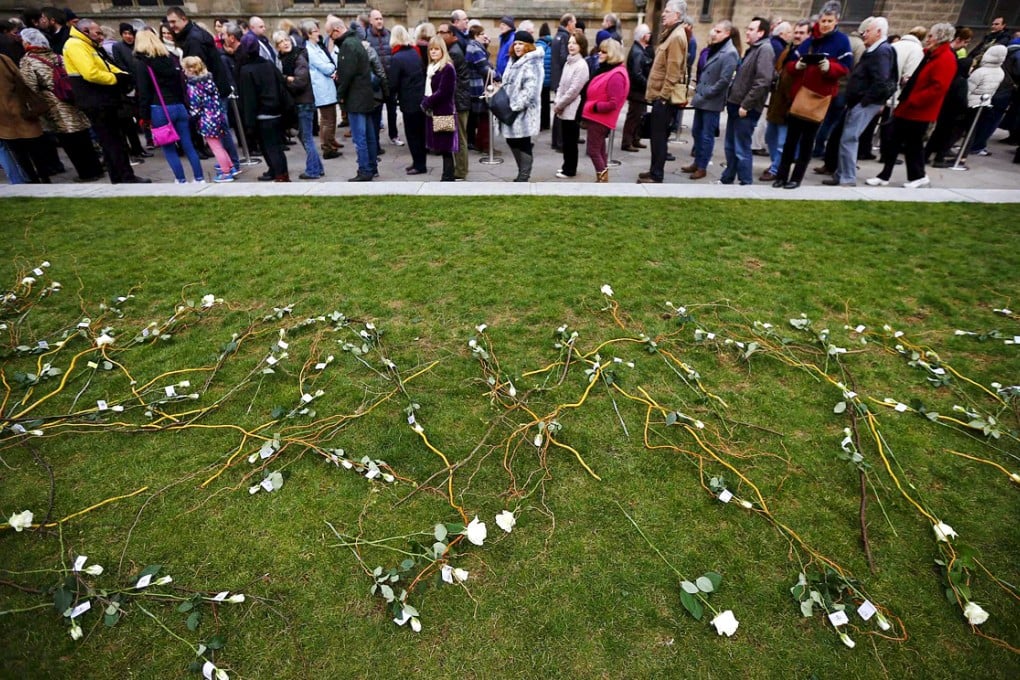Descendants attend historic royal burial of England's Richard III
King Richard III was laid to rest at a ceremony in the English city of Leicester, more than 500 years after his death at the Battle of Bosworth

Descendants of mortal enemies who fought for Henry Tudor and Richard III at the Battle of Bosworth in 1485 were to meet for the first time in Leicester yesterday for the reburial of Richard, the last Plantagenet king of England.
The story of the king whose bones were found under a car park in modern-day Leicester has captivated Britain in the build-up to yesterday's spectacle and caused people to reconsider the tale of a man long caricatured as a villainous tyrant.

The descendants of those who fought in the Battle of Bosworth - who were coming from England, Scotland, South Africa, Australia and Canada - were traced by genealogist Professor Kevin Schurer.
One of the most colourful forebears was a man called Marmaduke Constable, a distant ancestor of both Wendy Duldig and Michael Ibsen, whose DNA helped identify Richard's bones after they were recovered in 2012. Constable not only survived Bosworth but went on to fight against the Scots at the battle of Flodden in Northumberland in 1513, at the age of 71 - and then finally died in 1518 when he choked to death after he swallowed a frog while drinking a glass of water.

